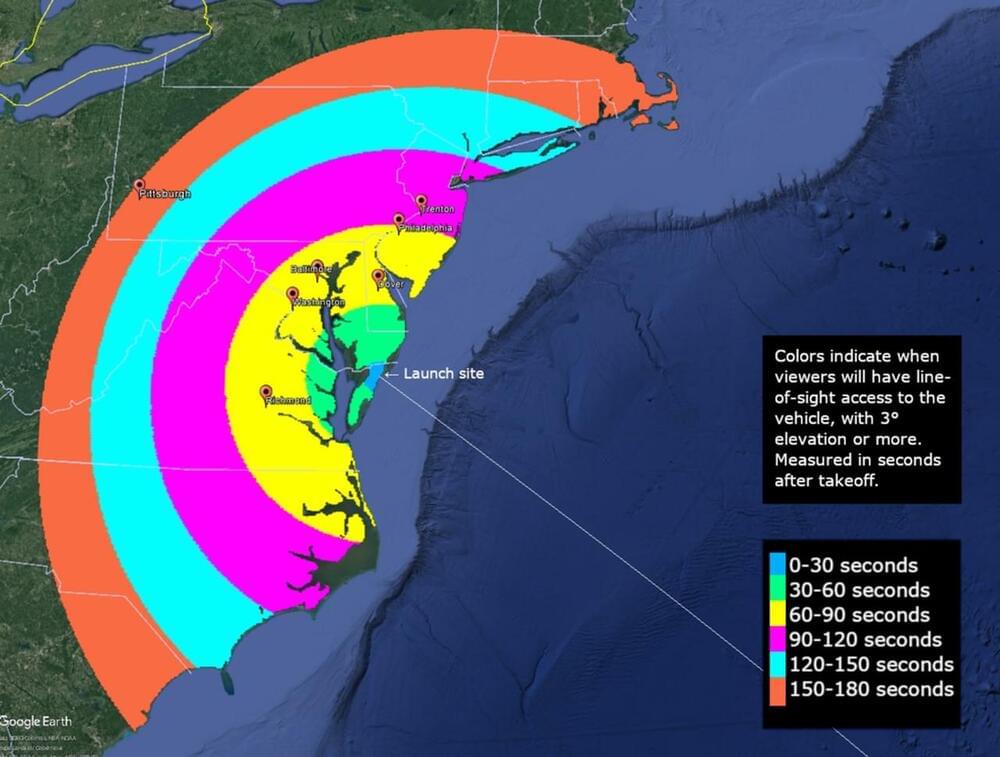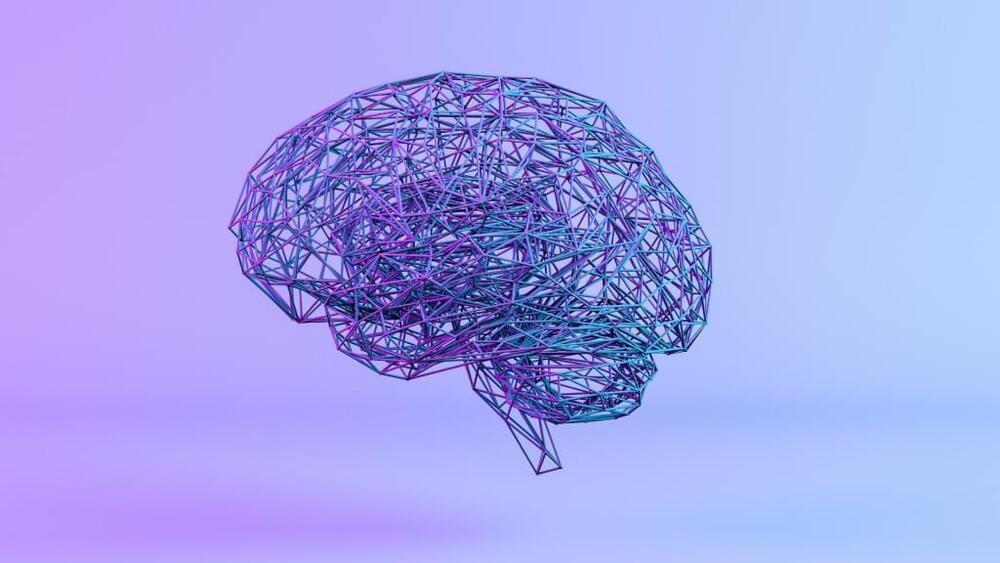To foster empathy in conversation, scientists at Kyoto University developed a shared-laughter AI system that reacts properly to human laughter.
What makes something hilarious has baffled philosophers and scientists since at least the time of inquiring minds like Plato. The Greeks believed that feeling superior at others’ expense was the source of humor. Sigmund Freud, a German psychologist, thought humor was a means to let off pent-up energy. In order to make people laugh, US comedian Robin Williams tapped his anger at the absurd.
No one appears to be able to agree on the answer to the question, “What’s so funny?” So picture attempting to train a robot to laugh. But by creating an AI that gets its signals from a shared laughing system, a team of researchers at Kyoto University in Japan is trying to do that. The researchers describe their novel technique for creating a funny bone for the Japanese robot ‘Erica’ in the journal Frontiers in Robotics and AI.







